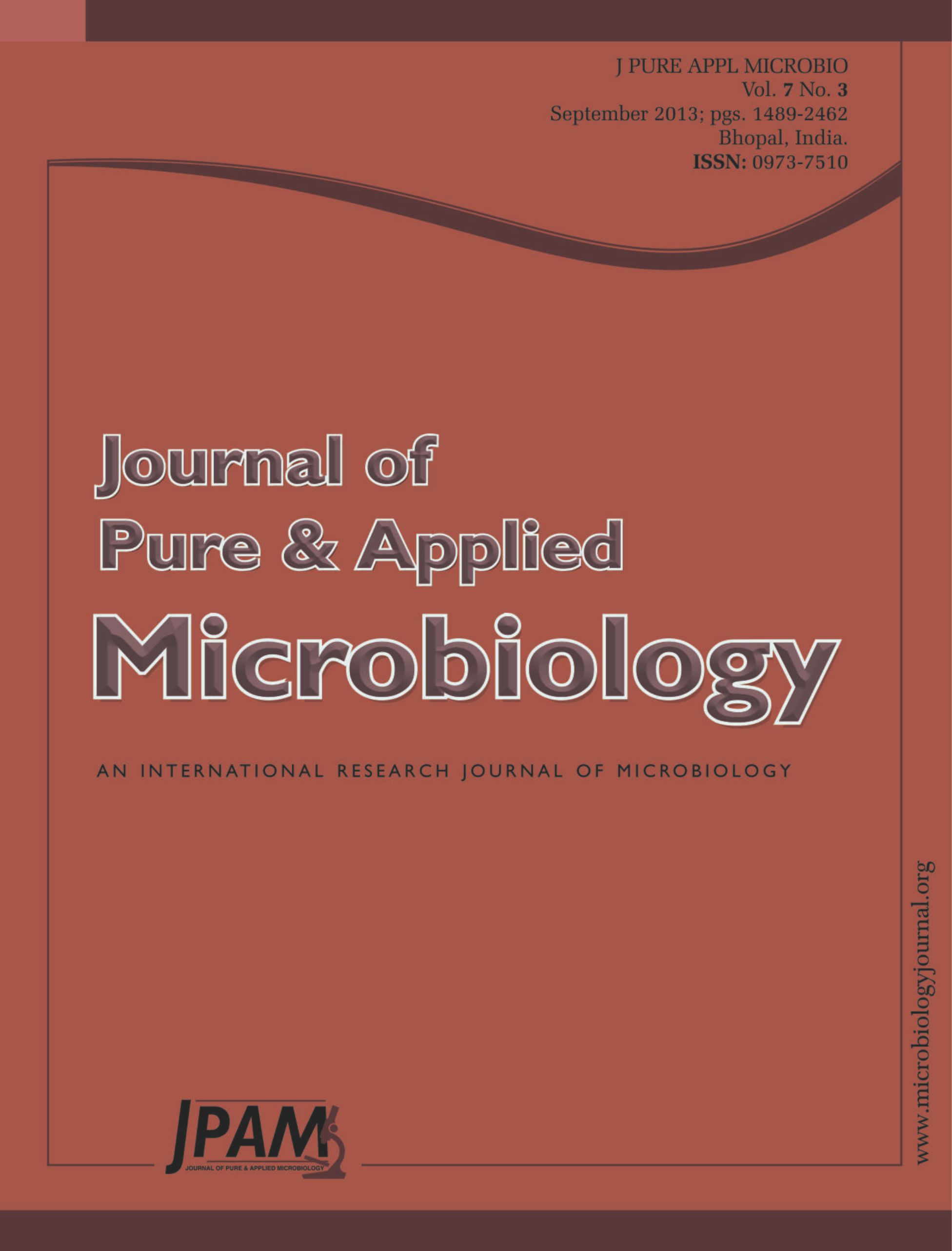Some certain materials exhibit remarkably unusual physical, chemical and biological properties, including unique interactions with microorganisms at nanoscale, among them the silver nanoparticles have been used vastly in different materials. In this study, the antibacterial effects of acrylonitryl polymers containing 3 different concentrations of silver nano particles incorporated in zeolite as an organic carrier were assessed. These polymers are intended to be used in computer parts such as keyboards and mouse-buttons. Two standard test methods, modified agar diffusion and surface method were used to assess the antibacterial activity of the samples. The methods were evaluated according to the consistency of results obtained from samples compared to the negative controls. The results showed that the agar diffusion test method was not as reliable as surface method. By Comparing the number of viable bacteria survived in the samples impregnated by nanosilver to the negative controls (polymers without nanosilver), the antibacterial potential of silver nanoparticles in this form has been proved, and it has been demonstrated that the antibacterial efficacy of polymers containing nanosilver increases by enhancing the amount of silver to a certain amount.
Antibacterial, Nanosilver, Polymer, Surface method, Agar diffusion method
© The Author(s) 2014. Open Access. This article is distributed under the terms of the Creative Commons Attribution 4.0 International License which permits unrestricted use, sharing, distribution, and reproduction in any medium, provided you give appropriate credit to the original author(s) and the source, provide a link to the Creative Commons license, and indicate if changes were made.


